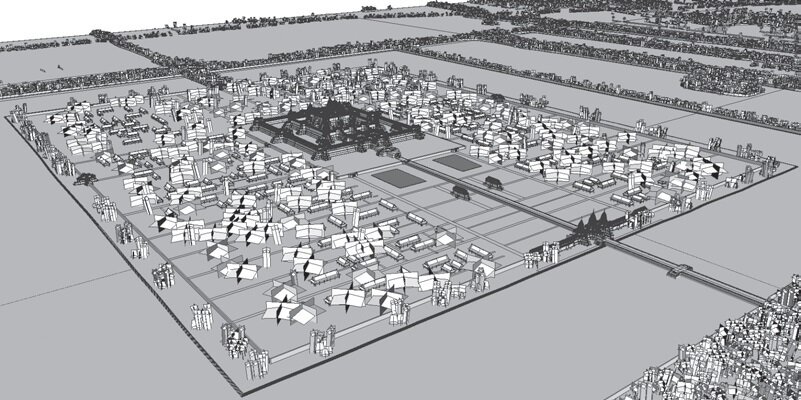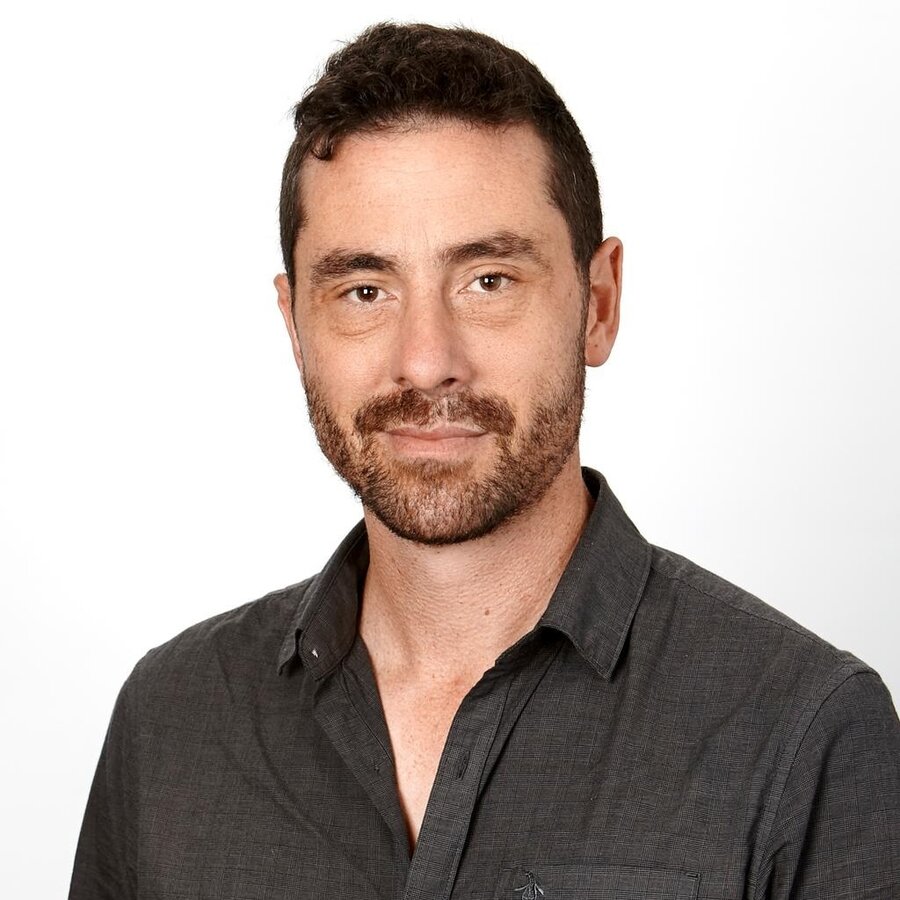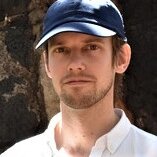Temple Models and Simulated Context in a Virtual Angkor
by Tom Chandler & Martin Polkinghorne
'Through the visualisation lens': how can we get closer to a valid representation of the Ancient Khmer temples with new technological resources?

Publication: In A. Haendel (Ed.), Old Myths and New Approaches: Interpreting Ancient Religious Sites in Southeast Asia (pp. 218-236). Monash University Publishing.
Published: 2012
Authors: Tom Chandler & Martin Polkinghorne
Pages: 19
Language : English
From the built replicas of Angkor Wat -- at Thai Royal Palace or during the World Exhibition Fairs of the past century -- to Lidar imaging, thriving to 'vizualise' what the Angkorean site actually looked like has been a time-honored and often tedious urge.
The authors review the ongoing limitations of such an endeavor, referring to early testimonies (Zhou Daguan, the Spanish and Portuguese visitors in the 16th-17th centuries, George Groslier and the first French explorers...) to point out two major flaws in 3D imagery 'reconstruction': the lack of polychromic vision, and the remaining question mark related to how close wooden dwellings were built to the actual temples.
The authors note that, despite the many remaining uncertainties, '3D visualisation offers scholars the unique opportunity to hypothesise with plural reconstructive possibilities. At Angkor, where the landscape between the temples was previously rendered merely as ‘jungle’ or ‘white voids’ on the printed page, we can begin to address archaeological uncertainty with shifting patterns of wooden buildings, trees, settlements and village shrines. And, finally, in this space of interchangeable elements, moving figures and simulated sound, we can begin to explore the wider potentials of what a historical 3D computer model might offer to scholarship in the digital age.'
Note: Artist and multimedia consultant Bruno Levy Truffert, to whom the authors refer at some point, has 'reconstructed' Angkor Thom Royal Palace in some striking images. Modernization is obvious, particularly in the choice of colors for building ornementation.
Photo: 3D model created by Tom Chandler and Michael Lim, presenting wooden and thatch dwellings around Angkor Wat.
Tags: Angkor replicas, 3D, art history, mapping, visual reconstruction, archaeology
About the Authors

Tom Chandler
Dr. Thomas 'Tom' Chandler is the Director of the Department of Human Centred Computer at Monash University, Australia and a senior lecturer in the Faculty of IT.
His research has focused upon the design and development of immersive simulations of the past, particularly the medieval Cambodian capital of Angkor. In the past four years, Tom Chandler has coordinated a small team of researchers at sensiLab to trial the evidence-based virtual reconstruction of the 12th century temple of Angkor Wat that simulates thousands of animated agents moving to, from and around the complex.

Martin Polkinghorne
Martin Polkinghorne is a Senior Lecturer in Archaeology at Flinders University, Australia. Between 2011 and 2014, he led the Australian Research Council (ARC) Discovery project on pre-modern craft economies in Cambodia. This initiative discovered the first historic bronze foundry known in Southeast Asia and continues to excavate at Angkor.
Martin is a Chief Investigator of the ARC-funded Greater Angkor Project's Urbanism after Angkor (14th - 18th century CE): re-defining collapse. In a complementary research program, Martin led the ARC Discovery Early Career Researcher Award (DECRA) project New Light on Cambodia’s Dark Age: The capitals of Cambodia after Angkor (1350 – 1750). Together these projects are conducting the first archaeological investigations of Cambodia's Early Modern Period capitals on the banks of the Mekong and Tonle Sap arterial rivers.
Research of Cambodia during a time of quickening international trade reveals critical linkages between the celebrated Angkorian past and the present-day.
Martin Polkinghorne is Director of the University of Sydney Angkor Research Facility in Siem Reap, an Honorary Research Fellow of the Asian Studies Program, The University of Sydney, and a Member of the Advisory Board of Friends of Khmer Culture.
